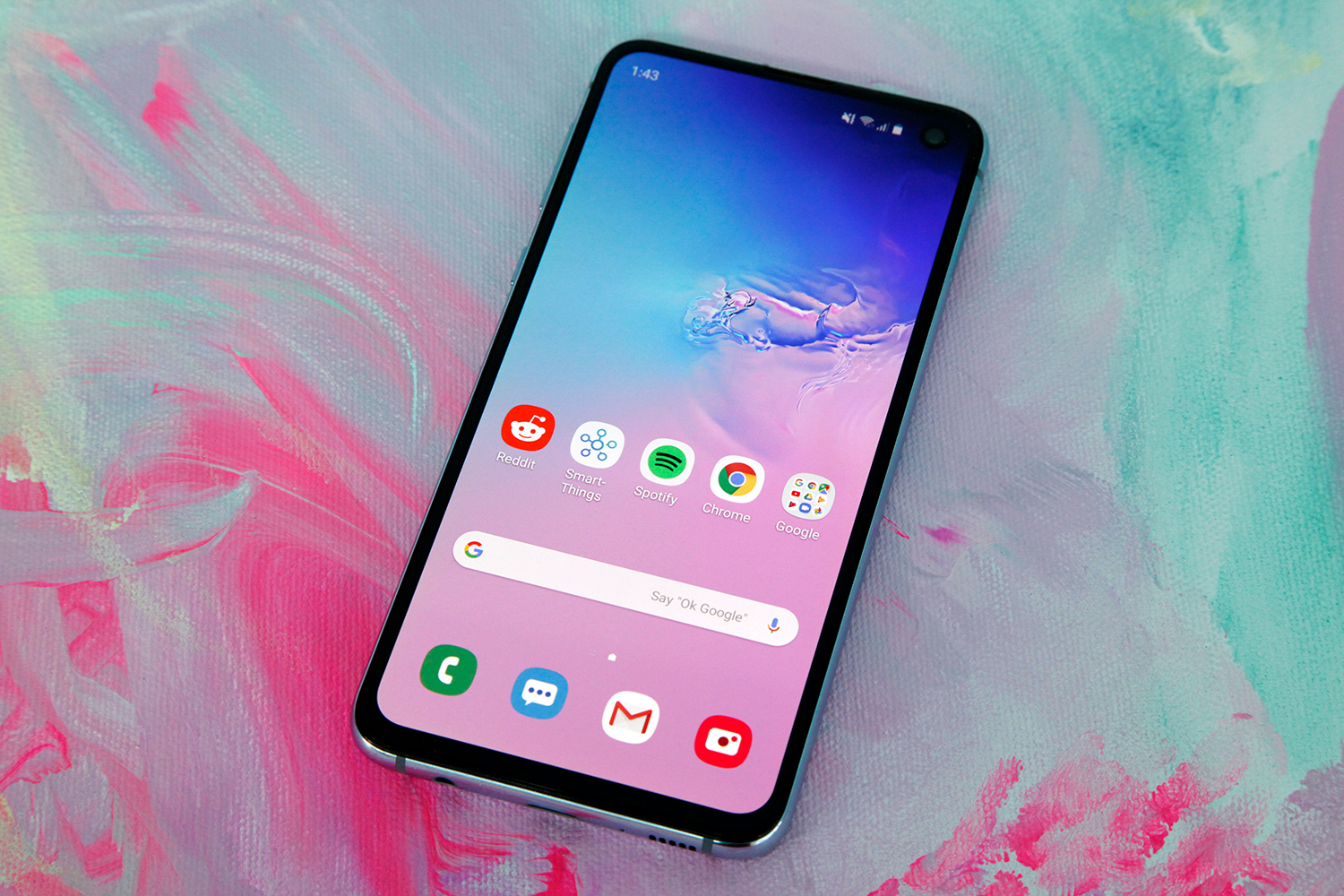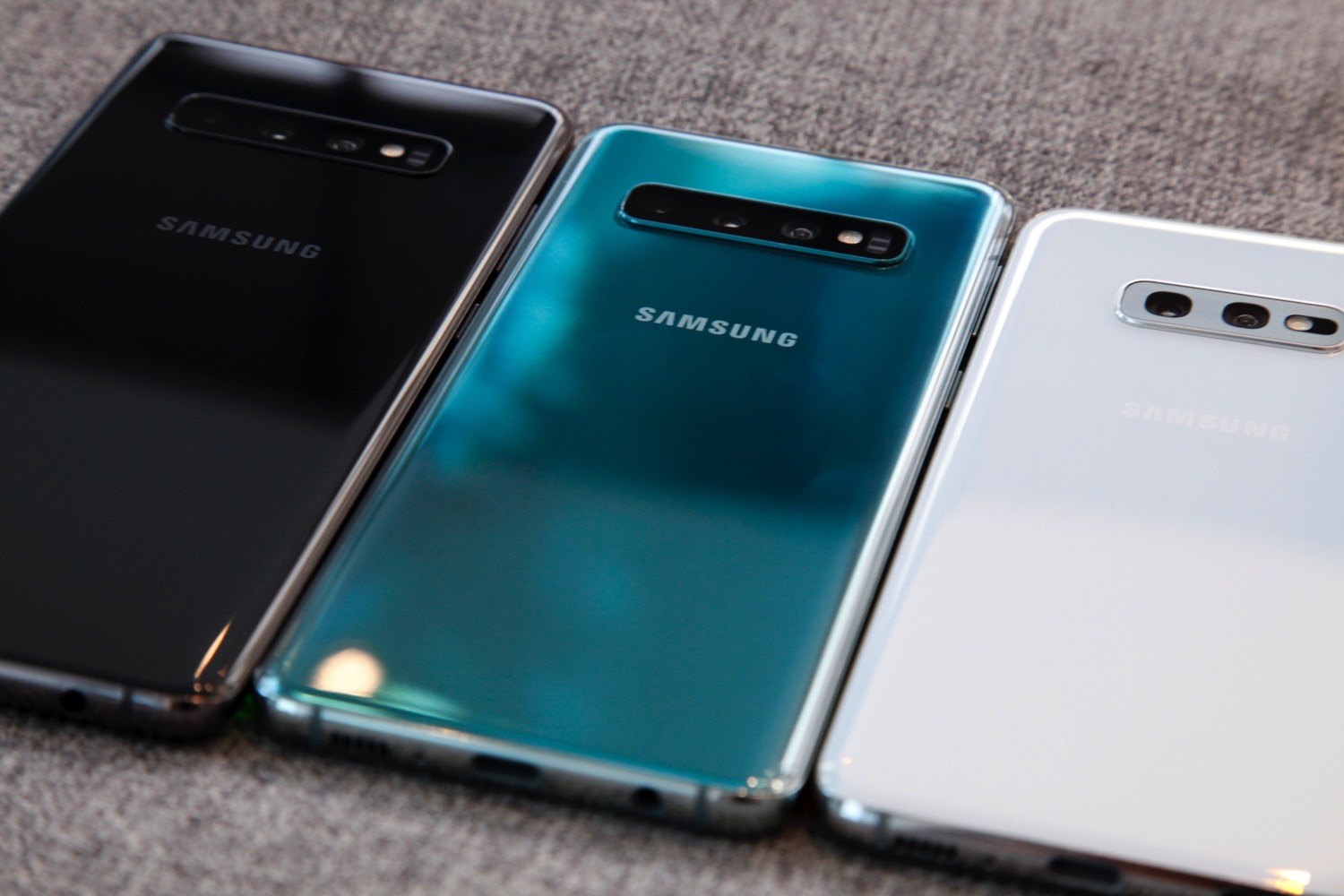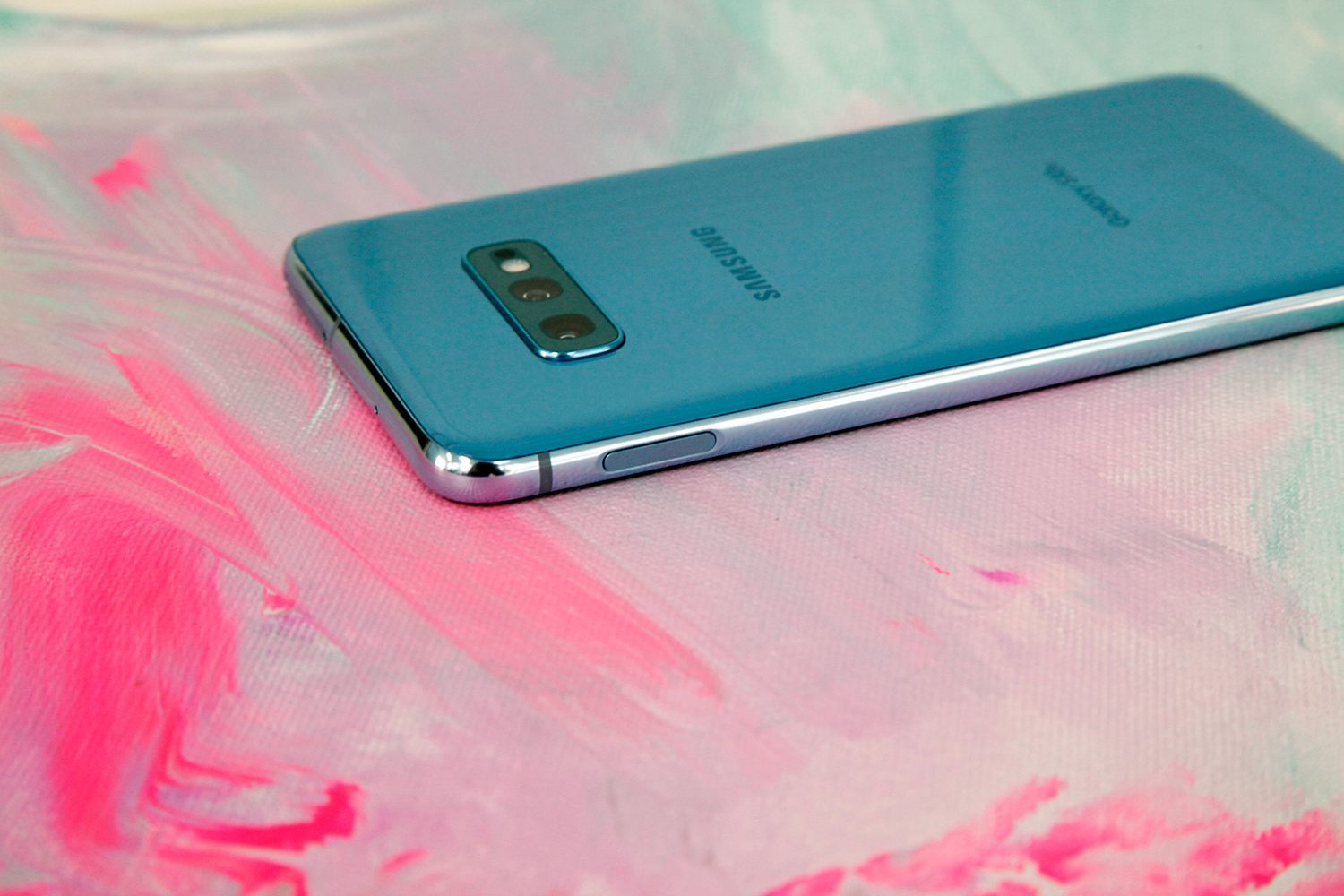Following months of leaks and rumors that built up a tremendous amount of hype among Android fans, Samsung’s new Galaxy S10e, Galaxy S10, and Galaxy S10+ will finally be released on Friday, March 8th. And believe me when I tell you that they were worth the wait. You can read my full in-depth Galaxy S10 review to learn everything you need to know about Samsung’s hot new flagship phones. That review focuses mainly on the Galaxy S10 and Galaxy S10+ though, which means BGR readers were left wondering how the Galaxy S10e stacks up.
Samsung didn’t deliver Galaxy S10e review samples until earlier this week, so I haven’t spent enough time with the phone yet to give it a full review. That said, the Galaxy S10e shares most of its specs and features with the other two versions of the Galaxy S10. There are some key differences, however, and in this post I’ll cover five things about the phone that might surprise you.
It’s just as fast as other S10 models

Hardcore gadget fans have undoubtedly read all about the specs for each of Samsung’s models in the new Galaxy S10 line. Most people out there likely haven’t though, and they’re going to be surprised to learn that the Galaxy S10e is just as fast and powerful as the other Galaxy S10 models.
When people see three different versions of a product, they tend to assume that the cheapest model underperforms the other two. Sometimes that is indeed the case, but Apple’s iPhone XR has helped show people that’s not always true with smartphones. Now, Samsung’s Galaxy S10e reinforces that notion.
Samsung’s Galaxy S10e comes with either 6GB of RAM and 128GB of storage or 8GB of RAM and 256GB of storage. I have the 6GB/128GB model to test and I can confirm that there isn’t really a discernible difference in performance compared to the Galaxy S10+ I tested with 8GB of RAM. S10 phones with 8GB of RAM might be able to keep more apps cached in the background, and the added RAM might also help in certain other situations. In day-to-day use, however, there is no noticeable difference in speed.
If you want some hard data to support that observation, here are the Geekbench 4 scores I got for each phone:
Galaxy S10e
- Single-core: 3508
- Multi-core: 10864
Galaxy S10+
- Single-core: 3483
- Multi-core: 11081
It’s actually not that small

The Galaxy S10e has a 5.8-inch Dynamic AMOLED screen while the Galaxy S10 sports a 6.1-inch display. That’s a meaningful difference as far as display area is concerned, but the Galaxy S10e itself isn’t much smaller than the S10. Here are the dimensions for each phone:
- Galaxy S10e: 142.2 x 69.9 x 7.9 mm (150 g)
- Galaxy S10: 149.9 x 70.4 x 7.8 mm (157 g)
How is it possible that the Galaxy S10 is only half a millimeter wider than the Galaxy S10e despite the significant difference in screen size? That takes us to point #3…
The bezels are much thicker than the S10
Samsung’s overhauled Infinity Display design on the Galaxy S10 and Galaxy S10+ is fantastic, and the bezels are much thinner above and below the screen than they were on last year’s Galaxy S9 series phones. According to Samsung, the Galaxy S10+ has a window-to-body ratio of 93.1%, which is quite impressive. But the Galaxy S10e has much thicker bezels than the other two S10 models, and the difference is quite noticeable.
Here are renders of the Galaxy S10e and Galaxy S10 from Samsung’s website:

The bezels on the sides of the Galaxy S10 display are a touch more visible in real life than they are in that image, but only barely. On the Galaxy S10e, they’re much thicker. It’s also annoying that the top and side bezels on the Galaxy S10e are the same width, but the bottom “chin” bezel is thicker. On the iPhone XR, which is the phone Samsung modeled the Galaxy S10e after, all four bezels have the same thickness and it looks much better.
The fingerprint sensor is much faster than the S10

I have to be honest, this one is a tiny bit disappointing.
Samsung’s move from fingerprint sensors on the back of its Galaxy phones to an in-display sensor is a huge step in the right direction in terms of user experience. After all, the back of a phone is the worst place you can situate a fingerprint reader. Samsung’s ultrasonic in-screen sensor is one of the most talked about features of its new Galaxy S10 and Galaxy S10+ phones, but in practice it’s a bit slower than conventional fingerprint sensors. I covered it in my review — it’s not painfully slow, but it definitely takes a beat or two longer than a regular fingerprint reader.
Unlike its two pricier counterparts, the Galaxy S10e has a traditional fingerprint sensor embedded in the power button on the right side of the phone. You might be bummed at first that the S10e doesn’t have the same fancy new in-screen fingerprint sensor as the other two Galaxy S10 models, but it might be a blessing in disguise. It’s easier to find without looking since you can feel for a physical button, it’s comfortable to reach since the phone is a nice compact size, and it’s significantly faster than the in-display fingerprint reader on Samsung’s other S10 handsets.
The cameras are still really good

The Galaxy S10e has the same front-facing camera as the Galaxy S10. It also features 16-megapixel (Ultra Wide/F2.2) and a Dual Pixel 12-megapixel OIS (Wide/F1.5/F2.4) cameras on the back, which is also just like the Galaxy S10. The S10 and S10+ add a third telephoto camera on the back that provides 2x optical zoom. So, aside from the lack of optical zoom, the cameras on the Galaxy S10e and Galaxy S10 are identical… and they’re outstanding. You can read a bit more about Samsung’s new mobile cameras in my earlier Galaxy S10 review.








